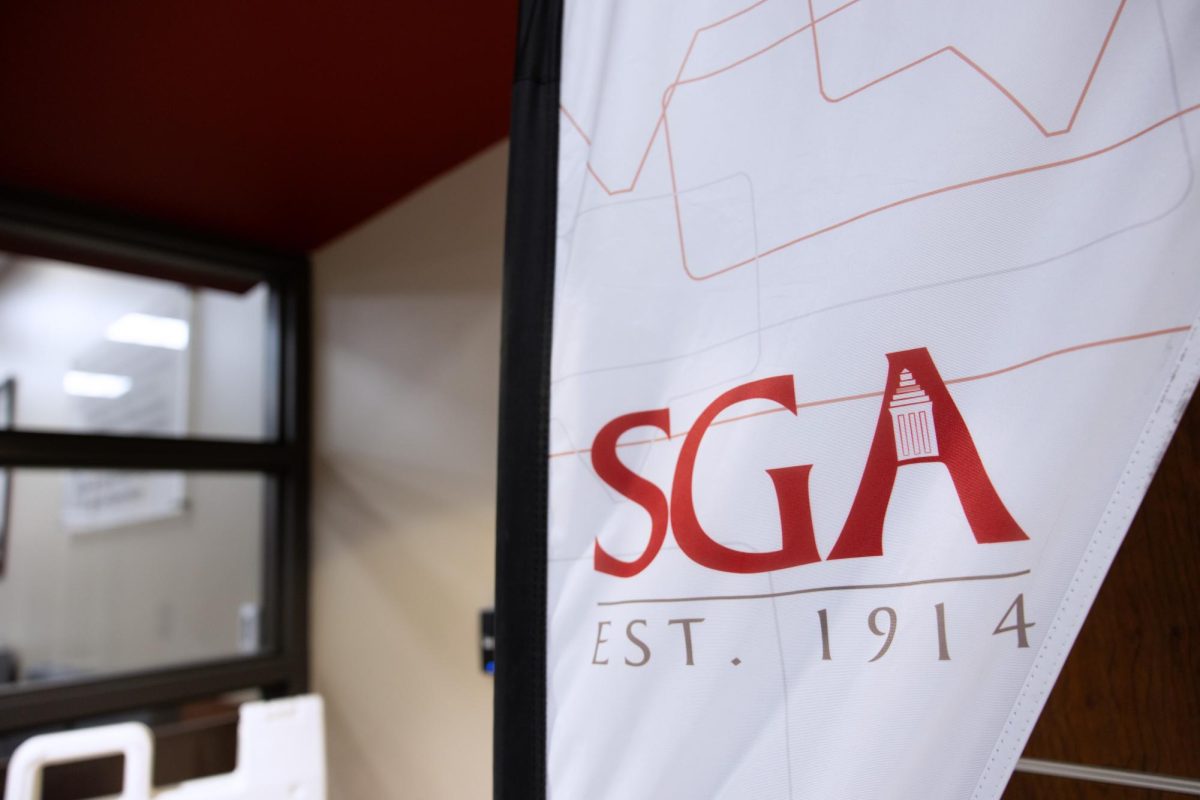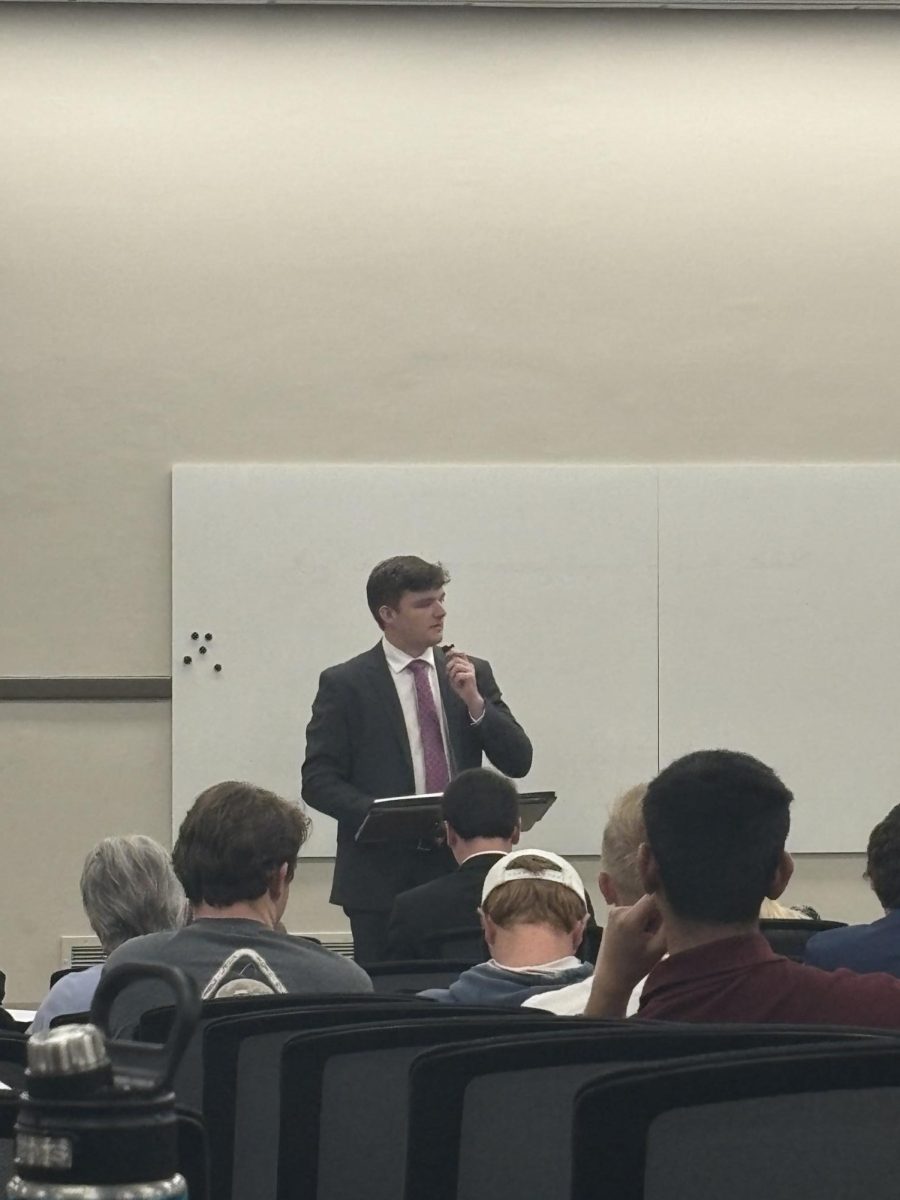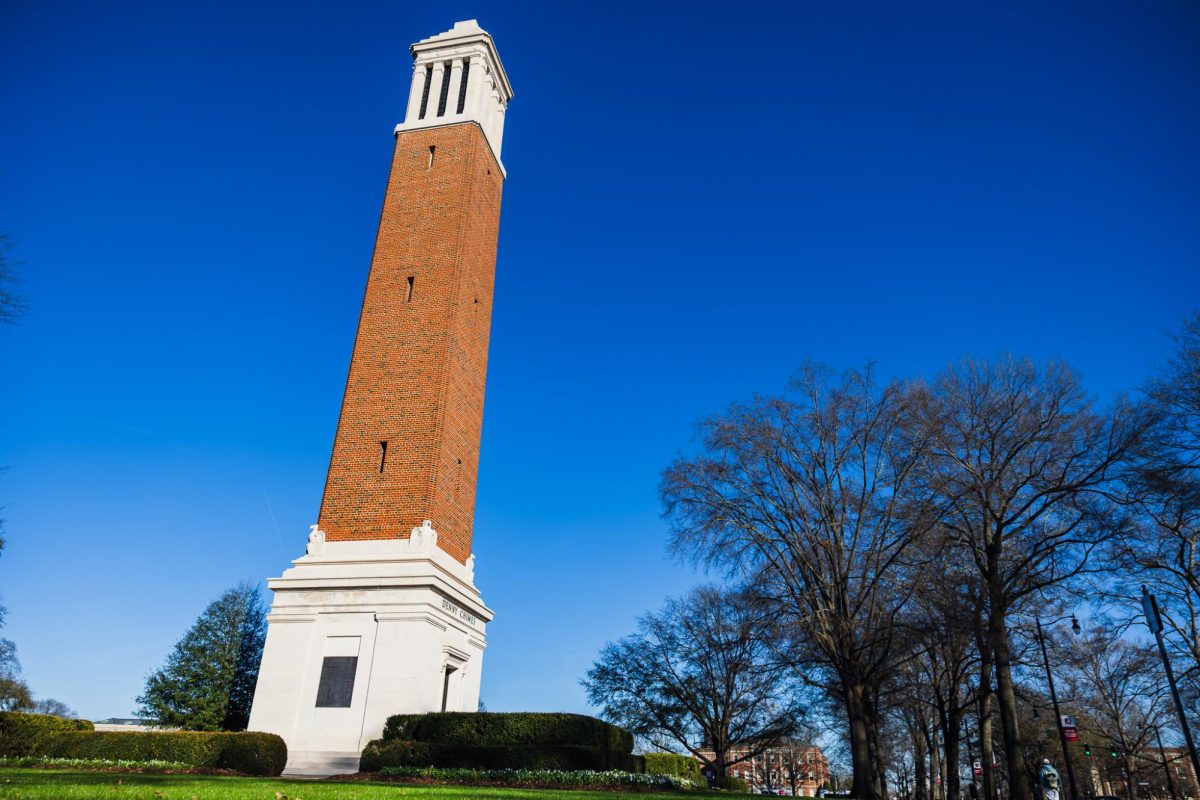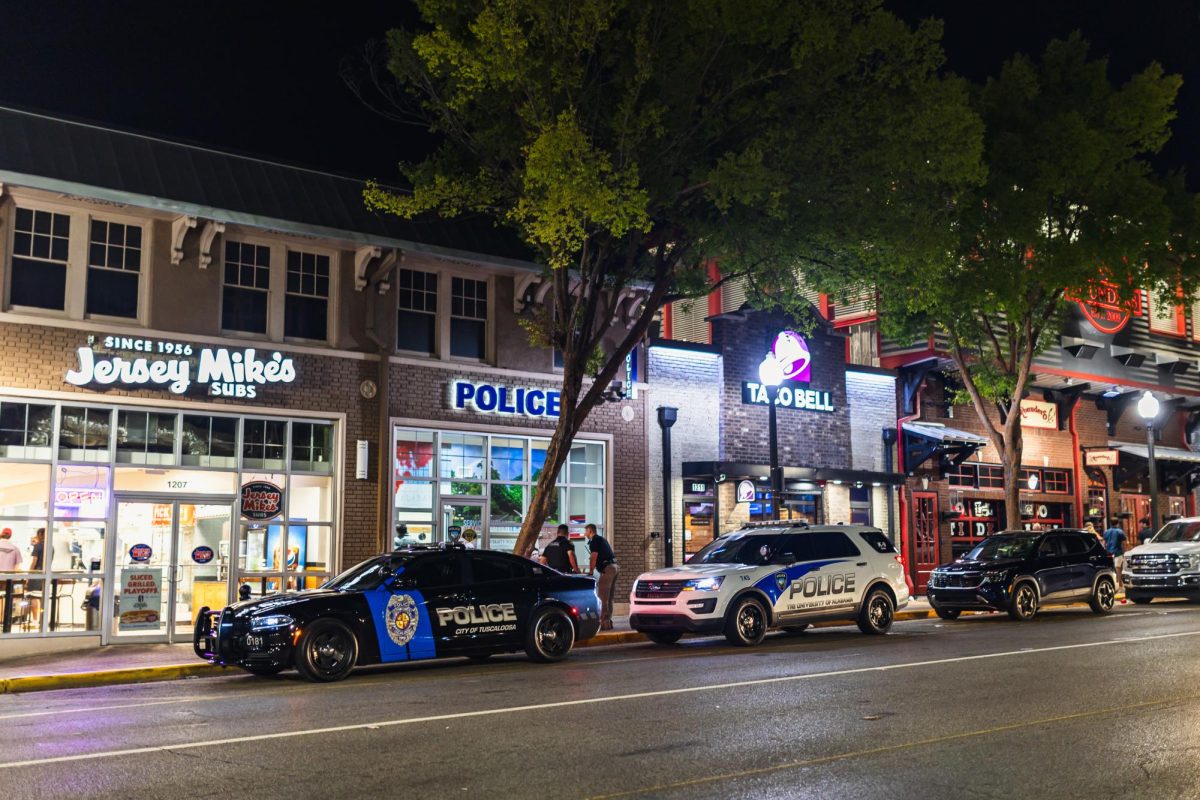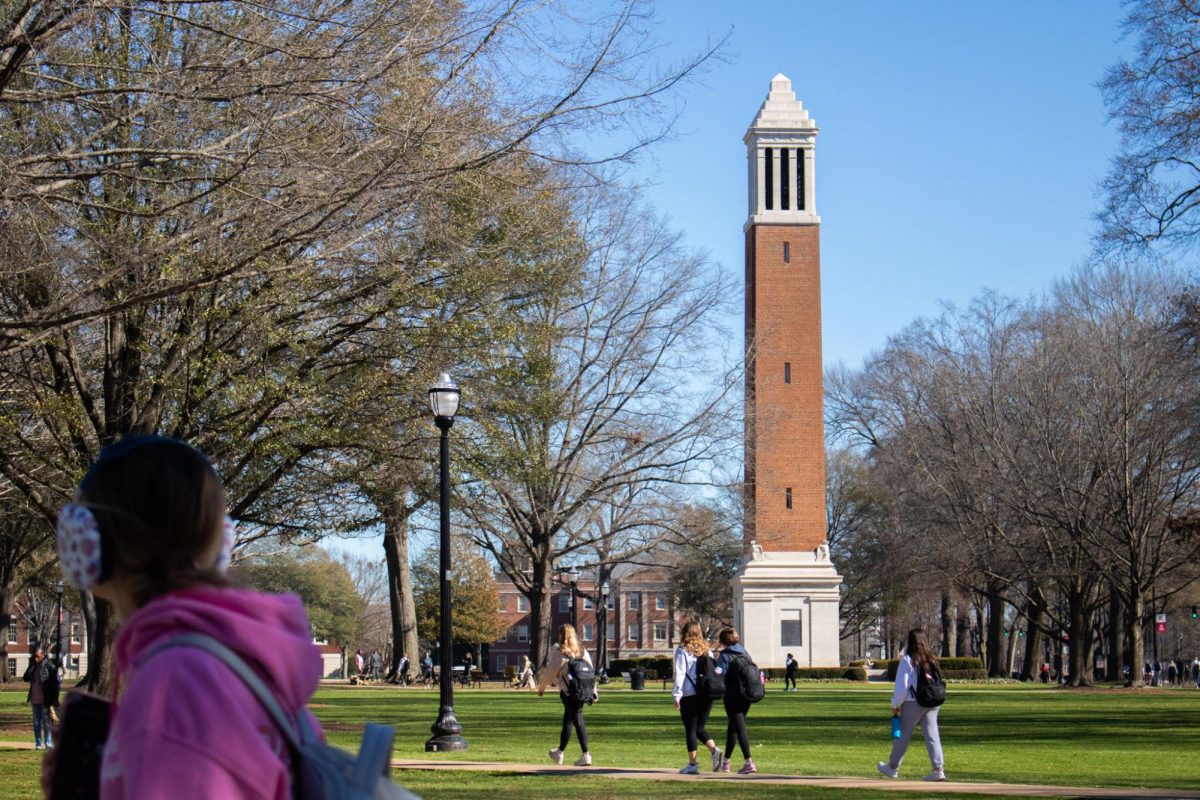The U.S. Occupational Safety and Health Administration has awarded the UA College of Continuing Studies division of environmental and industrial programs a $191,000 grant to help improve workplace safety in construction-oriented companies in the South.
According to OSHA, falls kill more people in the construction industry than any other work-related safety issue. The University will use the Susan Harwood Targeted Topic Training Grant to combat this statistic by raising awareness about work safety with local companies in both Alabama and Mississippi.
Darrell Dechant, executive director of the division of environmental and industrial programs in the College of Continuing Studies, says that the grant will be used to help develop fall safety and health management classes that will be free to local residential, commercial and industrial construction companies.
“We’re going to work closely with construction-oriented organizations like the Alabama Associated General Contractors and Alabama Home Builders Association, and the same organizations in Mississippi, and we’re going to offer [the programs] to whomever in their organizations wants to take it,” Dechant said. “So, it will be sort of a travelling training show.”
However, Dechant says that while employees have always been made aware of fall protection and work safety, the University wants to present the issue in a different way.
“Everyone knows about fall protection,” Dechant said. “The message of fall protection has been around forever. Everybody’s had fall protection training, yet the deaths never stop coming.”
Chris Ammons, a crane operator for Hardin Construction who has been working on the University’s newest phase of the Science and Engineering Center, said that while he never received formal fall protection training, he still feels adequately informed of the danger.
“It’s not required that each person go to a certain training school,” Ammons said. “When I went to work with Hardin, they gave us a safety manual that goes through each aspect of safety for that company. It has one section about fall protection that says you’re required to inspect your harness on a daily basis.”
Workers on the construction site are required to wear body harnesses that have two lanyards that must stay hooked onto the structure at all times. For instance, when a worker is moving around a column, they unclip one lanyard, clip it to the opposite side of the column, move around, unclip the second lanyard and clip it in on the side of the column they are now on. Ammons calls this “100 percent tie off.”
Ammons considers this a great improvement from the belts construction workers used to wear. They were only made up of one lanyard and workers generally only tied them on for personal benefit.
“Years ago, they didn’t have these strenuous policies,” Ammons said. “You had a belt with one lanyard on it. If you were leaning back on a column, you wrapped it around that column and tied it back off to yourself so you could use both hands. That’s what it was mainly used for. It wasn’t for safety.”
Ammons said the punishment is severe enough to prevent people from violating the rules regarding tying off.
“One of the things that can get a person for safety violation fired quicker than anything is to be caught not tied off,” Ammons said.
While Ammons does not discount the importance of formally learning work safety, he thinks the best way to learn is from experience and from watching others.
“You learn it as you go,” Ammons said. “In my opinion, that is an effective measure because most of the time when people start out, they don’t put them up right away. You start out on the ground and you work your way up. You see what other people do.”




